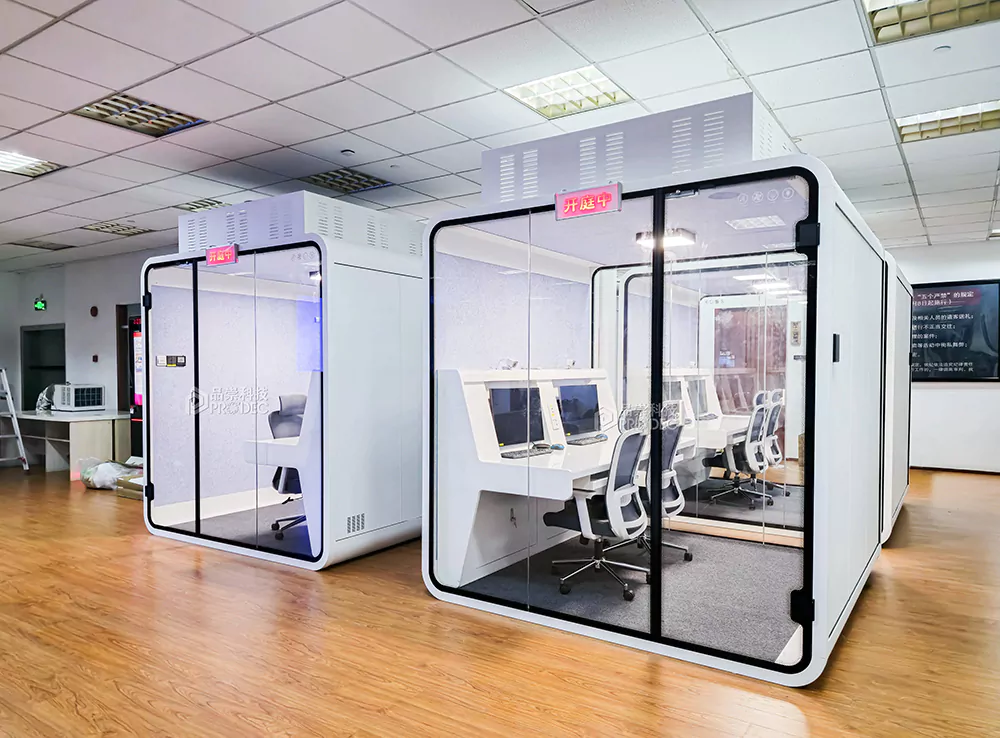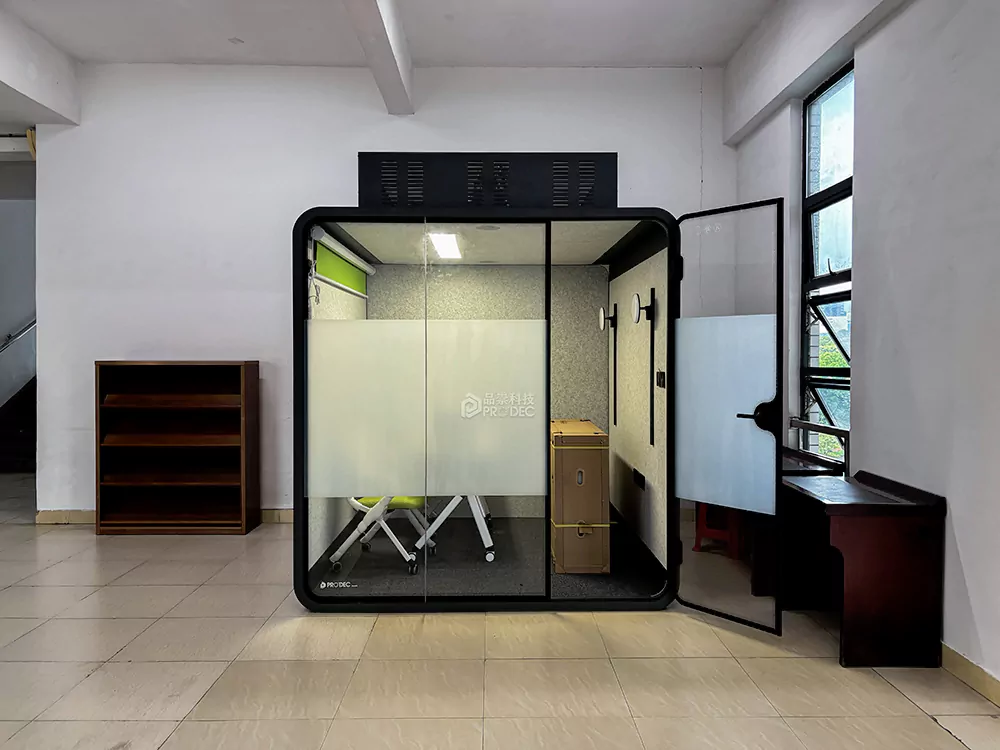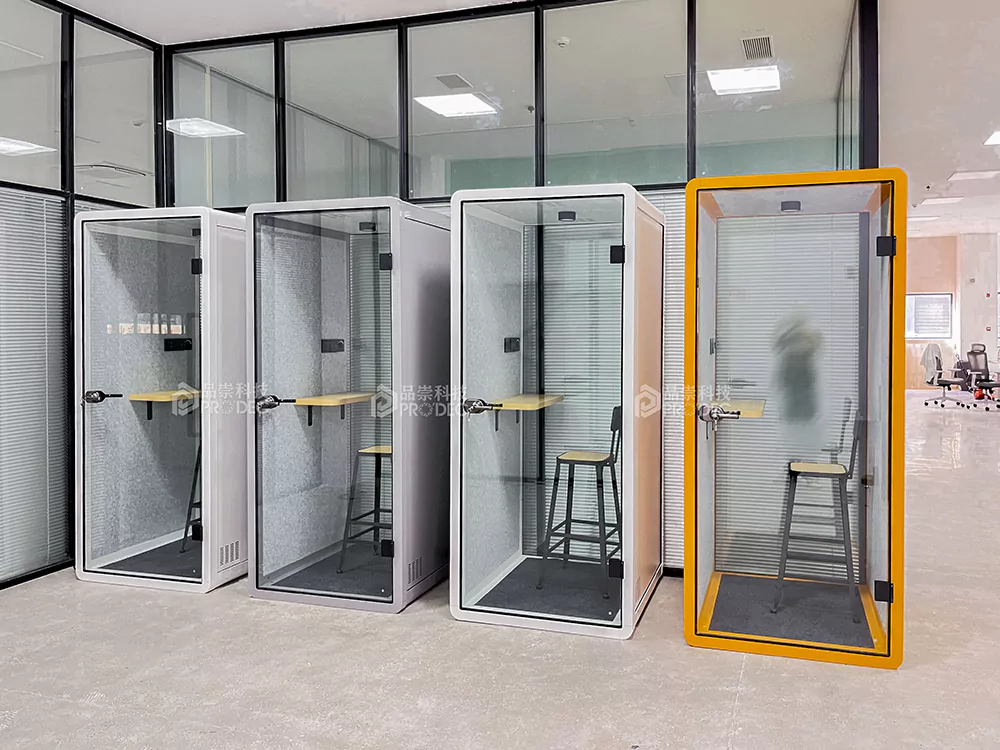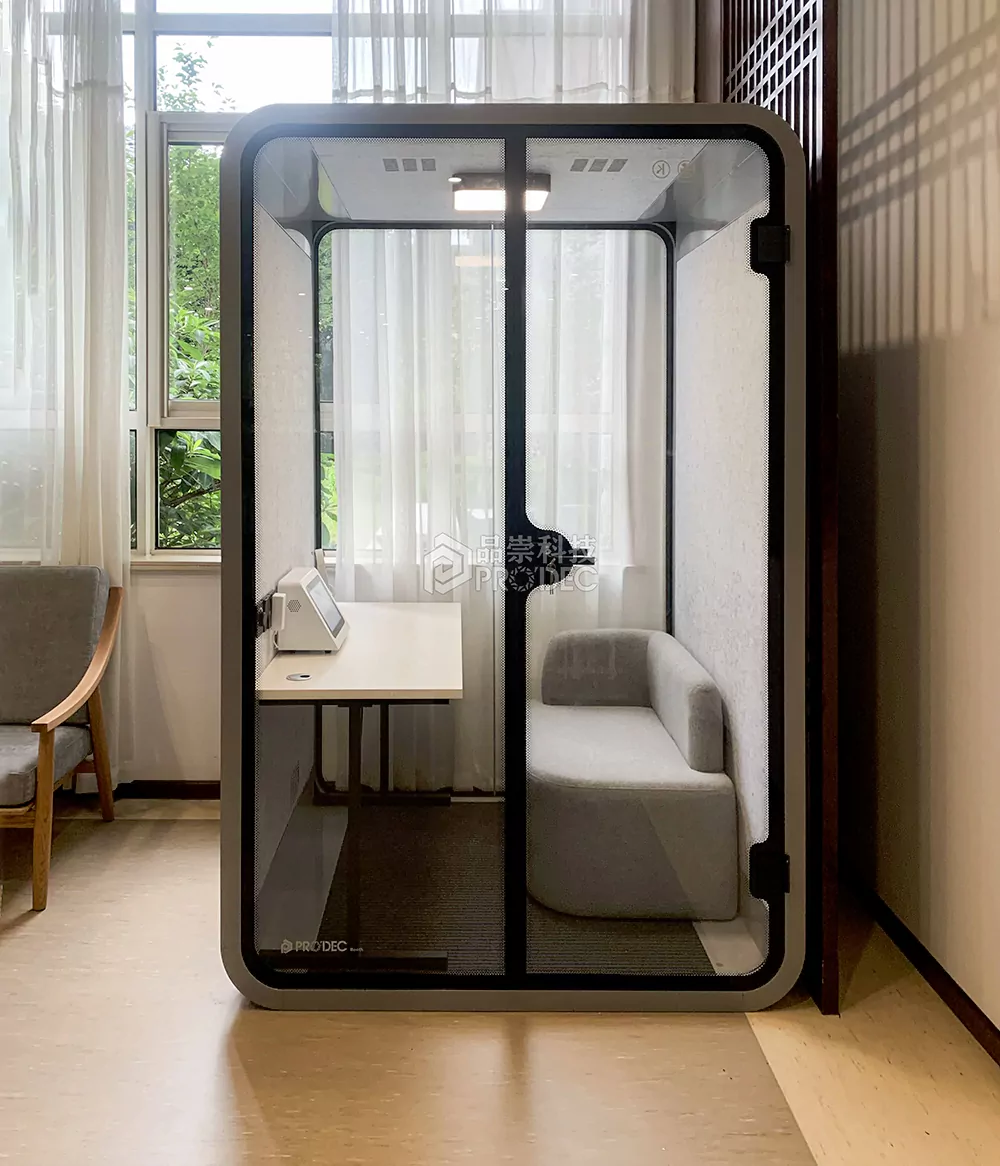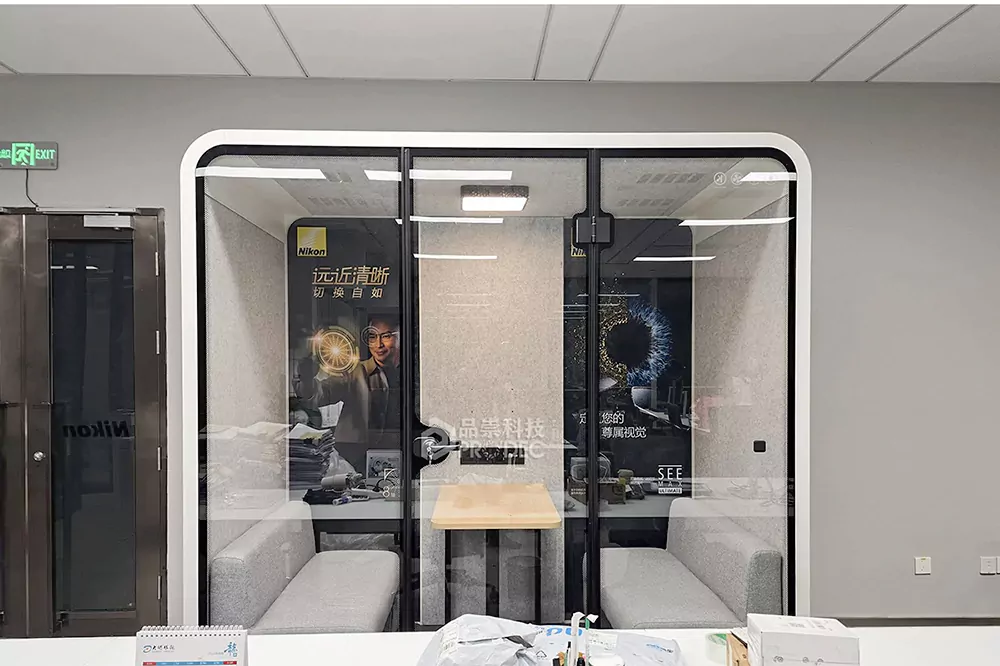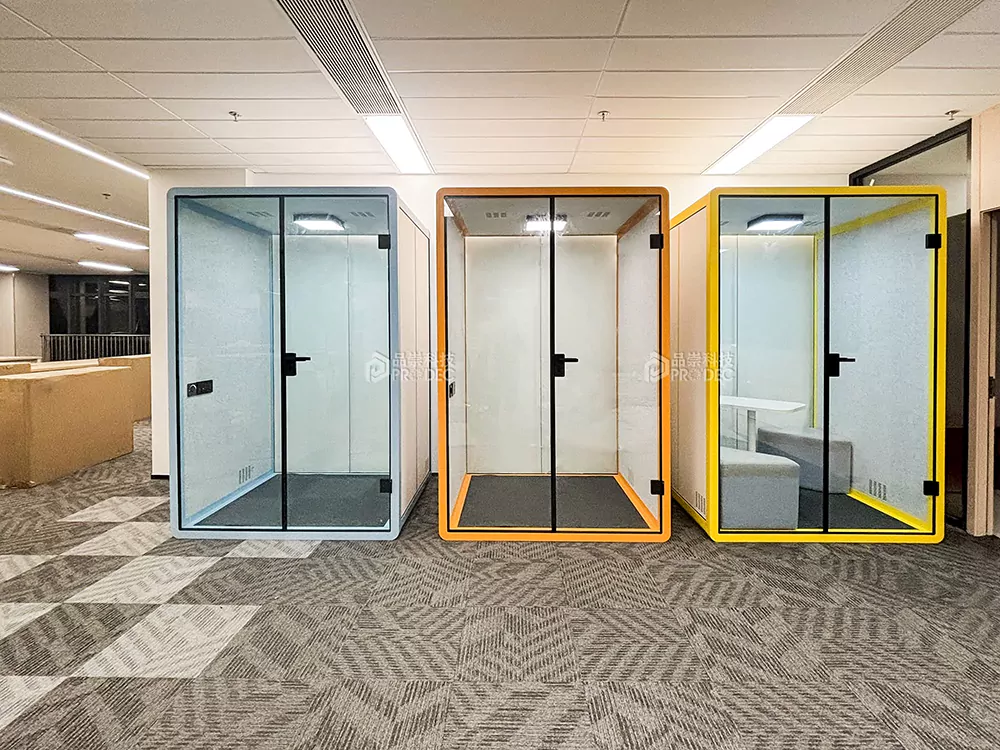Compare the construction costs of soundproof pods and traditional offices
In today’s evolving workplace environment, businesses are increasingly focused on creating flexible, efficient, and cost-effective office spaces. One of the most significant decisions companies face is how to manage noise and privacy—especially in open-plan offices. Two popular solutions have emerged: soundproof pods and traditional office construction (such as permanent walls and dedicated rooms). While both aim to enhance acoustic comfort and employee productivity, they differ dramatically in terms of cost, installation, flexibility, and long-term value.
This article compares soundproof pods and traditional office construction from a cost perspective, helping organizations make informed decisions based on budget, scalability, and operational needs.
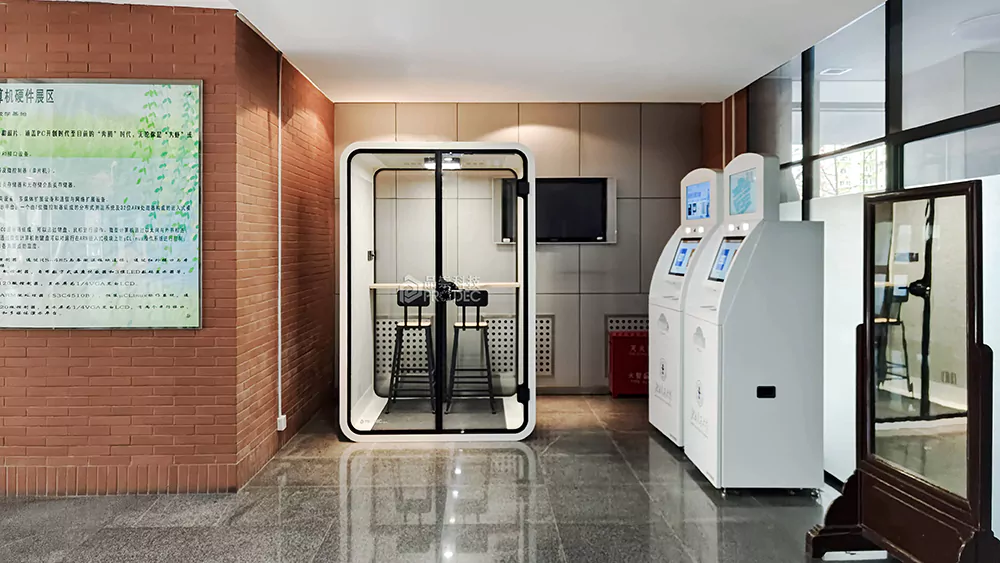
1. Initial Investment Costs
Traditional Office Construction
Building permanent walls, private offices, or meeting rooms involves substantial upfront costs. These include:
- Materials: Drywall, insulation, doors, flooring, lighting fixtures.
- Labor: Architects, contractors, electricians, HVAC specialists.
- Permits and Compliance: Building codes, fire safety regulations, accessibility standards.
- Design and Planning Fees: Interior design, space planning, acoustical engineering.
On average, traditional office build-outs can cost between $100 to $200 per square foot, depending on location, materials, and complexity. For a 200-square-foot private meeting room, this could mean an investment of $20,000 to $40,000 before furnishings.
Soundproof Pods
Soundproof pods are prefabricated, modular units designed for quick deployment. They come fully assembled or in easy-to-install kits and typically include built-in ventilation, lighting, and power outlets.
- Unit Cost: Prices range from $5,000 to $15,000 per pod, depending on size, features (e.g., video conferencing integration), and brand.
- Installation: Minimal labor required—most pods can be set up in hours without construction crews.
- No Permits Needed: Since they are non-permanent structures, they usually don’t require building permits.
Even when purchasing multiple units, the total cost remains significantly lower than traditional construction.
✅ Cost Advantage: Soundproof pods offer 60–80% lower initial costs compared to traditional office builds.
2. Time and Disruption Costs
Traditional construction projects often take weeks or even months to complete. During this time, employees may face disruptions such as noise, dust, restricted access, and reduced workspace availability—all of which impact productivity.
In contrast, soundproof pods can be installed overnight or over a weekend, minimizing downtime. Their plug-and-play nature allows teams to resume normal operations immediately.
💡 Hidden Savings: Reduced disruption translates into lower indirect labor costs and faster return on investment.
3. Flexibility and Scalability
One of the biggest drawbacks of traditional office construction is its permanence. Once walls are built, reconfiguring space becomes expensive and time-consuming.
Soundproof pods provide unmatched flexibility:
- Easily relocated as team sizes change.
- Added or removed based on demand (e.g., more pods during hybrid work peaks).
- Ideal for temporary setups, pop-up offices, or leased spaces where modifications are restricted.
For growing startups or companies adopting hybrid work models, this adaptability offers long-term financial benefits.
🔄 Scalability Benefit: Add one pod at $10,000 instead of spending $30,000+ on a fixed room that might go underused.
4. Maintenance and Lifecycle Costs
Traditional offices require ongoing maintenance: painting, HVAC servicing, lighting repairs, and compliance updates. Renovations every 7–10 years add further expenses.
Soundproof pods are engineered for durability with low-maintenance materials. Most manufacturers offer warranties of 5–10 years, and components like seats or panels can be replaced individually.
Additionally, if a company relocates, pods can often be moved to a new site—preserving asset value. Traditional constructions, however, are left behind.
🏗️ Total Cost of Ownership: Over a 10-year period, soundproof pods typically deliver lower lifecycle costs due to reusability and minimal upkeep.
5. Acoustic Performance and Employee Value
While not a direct cost factor, acoustic performance impacts employee satisfaction, focus, and retention—key drivers of organizational efficiency.
Modern soundproof pods use high-grade sound insulation (often achieving STC 30–35 ratings) and are specifically designed for speech privacy. Though traditional rooms can achieve higher STC ratings (up to 50+), many standard office partitions fall short due to poor sealing or lack of insulation.
Well-designed pods provide 90% of the acoustic benefit at a fraction of the cost—making them a smart compromise for most use cases like phone calls, small meetings, or focused work.
6. Sustainability and Environmental Impact
Construction generates waste, consumes energy-intensive materials, and has a large carbon footprint. Soundproof pods, especially those made from recycled or sustainable materials, support green office initiatives.
Many pod manufacturers emphasize eco-friendly production and end-of-life recyclability—aligning with ESG goals and potentially qualifying for sustainability incentives.
♻️ Green Bonus: Lower environmental impact can enhance corporate image and reduce regulatory risks.
Conclusion: Which Option Offers Better Value?
| Factor | Soundproof Pods | Traditional Construction |
|---|---|---|
| Upfront Cost | $5,000–$15,000/unit | $20,000–$40,000+/room |
| Installation Time | Hours to days | Weeks to months |
| Flexibility | High – movable & scalable | Low – permanent |
| Maintenance | Low | Moderate to high |
| Reusability | Yes – relocatable | No – fixed asset |
| Acoustic Performance | Excellent for most needs | Superior, but often over-engineered |
Final Verdict:
For most modern workplaces—especially those embracing agility, hybrid models, and cost-conscious growth—soundproof pods represent a smarter financial choice. They deliver strong acoustic performance, rapid deployment, and long-term savings without sacrificing professionalism or functionality.
Traditional construction still makes sense for core infrastructure (e.g., executive suites, server rooms, or facilities requiring strict security), but for meeting spaces, focus areas, and collaboration zones, soundproof pods offer superior cost-efficiency and adaptability.
As the future of work continues to evolve, investing in modular, scalable solutions like soundproof pods isn’t just economical—it’s strategic.
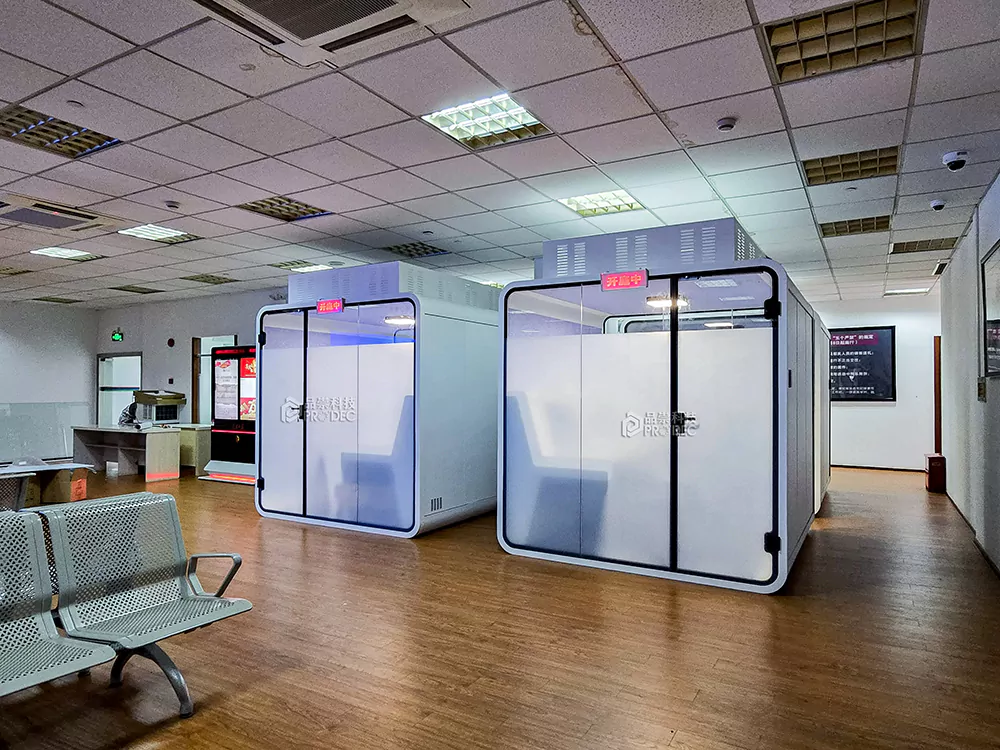
Ready to transform your workspace? Evaluate your space usage, forecast team growth, and consider starting with one or two soundproof pods as a pilot. The ROI may surprise you.

